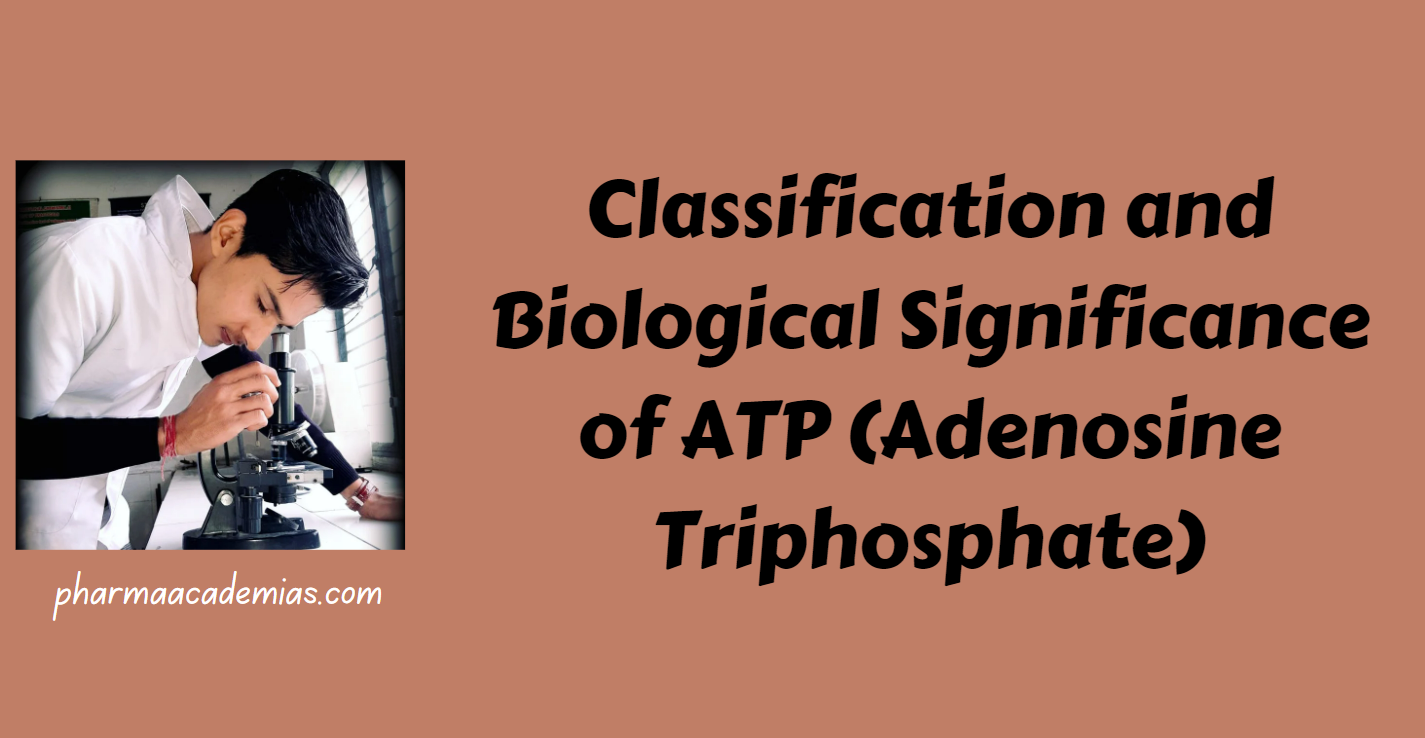Classification and Biological Significance of Cyclic AMP (cAMP)
1. Classification Chemical Nature: Cyclic AMP (cAMP) is a cyclic nucleotide derived from ATP. It comprises an adenine base, a ribose sugar, and a cyclic phosphate group. Formation: The enzyme adenylate cyclase catalyzes the cyclization of ATP, forming cAMP. Second Messenger: cAMP is classified as a second messenger, as it relays extracellular signals to the … Read more










